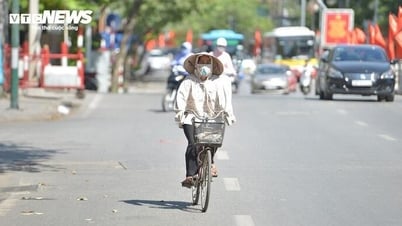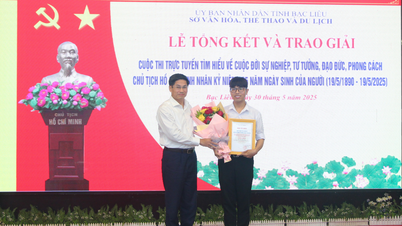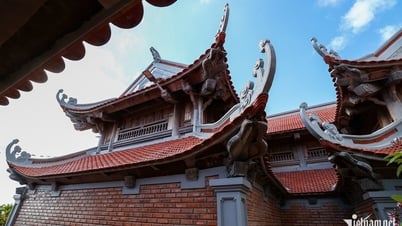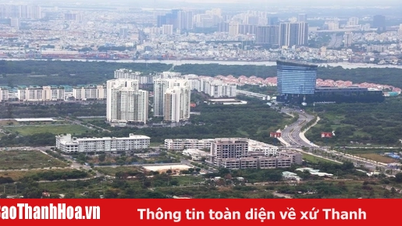
![]() - In the past 2 days, a high density of yellow-backed bamboo locusts has appeared in Thien Hoa commune, Binh Gia district. Faced with this reality, the People's Committee of Binh Gia district has issued a document directing specialized units to inspect and find solutions to prevent this insect from harming people's crops.
- In the past 2 days, a high density of yellow-backed bamboo locusts has appeared in Thien Hoa commune, Binh Gia district. Faced with this reality, the People's Committee of Binh Gia district has issued a document directing specialized units to inspect and find solutions to prevent this insect from harming people's crops.
According to the initial assessment of the People's Committee of Binh Gia district, yellow-backed bamboo locusts have appeared, damaging bamboo, rattan, and mai forests in 3 villages including Tham Khon, Ba Bien, and Yen Hung of Thien Hoa commune, with a density of 600 - 1,000 locusts/bush, eating all the leaves, and damaging an area of 10 hectares. Currently, locusts are starting to move from high hills to streams, bush banks, and are starting to appear and damage corn plants with a density of 50 - 60 locusts/m2 (area of 1 hectare).
The life cycle of the yellow-backed bamboo locust is long, living and causing damage for about 5 - 6 months a year. Adult locusts can fly 40 - 60 km, moving quickly in flocks. When they run out of food in the forest, they can move to damage other crops near the edge of the forest such as corn, rice, grass for livestock... or fly to other forests.

It is forecasted that in the late spring and summer crops of 2024, there is a high risk of locusts emerging and spreading, causing widespread damage. Therefore, in order to be proactive in prevention and control work, minimizing the damage caused by yellow-backed bamboo locusts, the People's Committee of Binh Gia district has issued a document directing the Department of Agriculture and Rural Development, the Agricultural Service Center, and the People's Committees of communes and towns to proactively take measures to prevent harmful insects.
Source

































































































Comment (0)